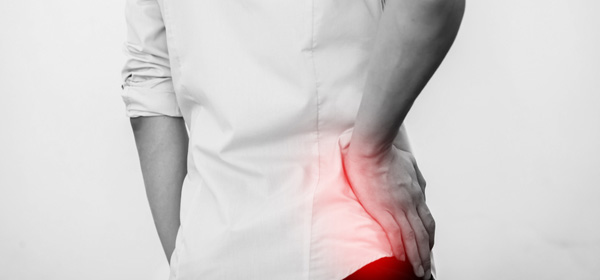Joint pain, particularly in the hips and knees, can stop you taking part in many of the activities that you love and rob you of your mobility. While surgery can rectify the problem, there are things to try before resorting to an operation.
All surgery presents a certain level of risk and a Danish study suggested that people in their 50s who had arthroscopic surgery for knee pain showed no lasting benefits.
Here are four things to try before taking the surgery option.
Therapeutic exercise
Strengthening the muscles around your damaged knee or hip can help to reduce the level of stress you are placing on the joint. Your hips won’t have to do as much work to support your body weight if your quadriceps, glutes, hamstrings and abdominal muscles are strong. Strong quadriceps muscles can also take on the shock-absorbing work of the meniscus or cartilage in the knees, the area most responsible for pain. Having strong muscles around the joints allows them to be held in the most functional and least painful positions. Flexibility exercises can also help to improve joint function.
Weight loss
About 98 per cent of people with osteoarthritis (OA) of the knee or hip are overweight or obese, according to Professor David Hunter a rheumatologist at the University of Sydney.
“It’s probably the most important risk factor, particularly for knee OA, and accounts for about 50 per cent of the reason why people develop OA in the first place,” he says.
“Once they get OA, it further compounds the problem by making the pain more severe and accelerates the likelihood of requiring more intervention.
“The effects of losing weight will be close to double what you would get from taking an anti-inflammatory medication, which typically improves symptoms by about 20 to 30 per cent,” he says.
“Losing weight also has the additional benefits of reducing the overall risk of death, the need for joint replacement surgery as well as improving function in the long-term,” he adds.
Gait retraining
The way people stand, run or walk can have a major influence on joint pain, but the problem can take many years to present. A good physical therapist will be able to analyse your gait and make suggestions to help you walk in a less painful manner to reduce stress on your joints. Changing the way you have walked can take time to rectify and feel quite strange. But if you are willing to persevere and keep practising, eventually it will become more comfortable and natural. A therapist may suggest changing shoes to help improve your gait, or you may also be able to use inserts to achieve better alignment.
Medicine (traditional and alternative)
Ibuprofen is great for joint pain relief. Non-steroidal anti-inflammatory drugs will aid in relieving joint swelling and stiffness, and prescribed muscle relaxants can help in reducing muscle spasms. Aside from the standard pain-relief medications, there is evidence that fish oil and krill oil, both of which are high in omega-3 fatty acids, are also helpful in reducing inflammation and joint pain.
Related articles:
Where’s that pain coming from?
Seven efficient exercises
Seven foods that fight pain

